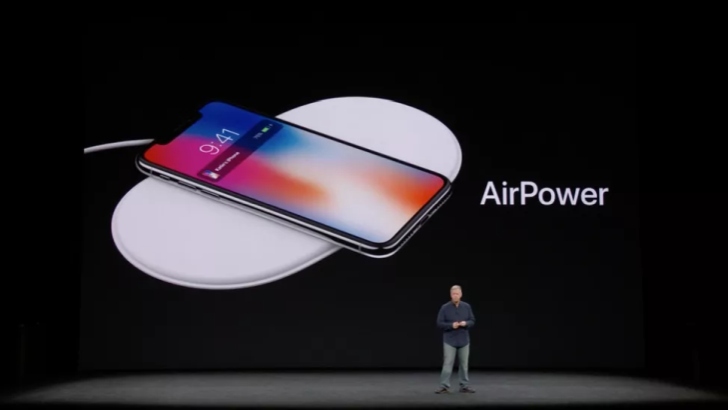In the ever-evolving landscape of business technology, the decision between opting for managed IT services or maintaining an in-house IT department is a crucial one. The impact of this choice resonates across a company’s efficiency, scalability, and financial health. In this exploration, we delve into the nuances of both managed IT services and in-house IT, aiming to provide businesses with the insights needed to make an informed decision tailored to their unique needs.
Understanding Managed IT Services
Managed IT services involve the outsourcing of IT operations, maintenance, and support to external providers. This encompasses a broad spectrum of services, from network management and cybersecurity to cloud services and technical support. Businesses choosing this route benefit from accessing expert knowledge without the burden of managing an internal IT team.
Pros and Cons of Managed IT Services
Advantages:
- Access to Expert Knowledge: Leveraging the expertise of external providers.
- Cost-Effectiveness: Eliminating the need for in-house recruitment and training.
- Scalability: Adapting services to business growth without internal constraints.
Drawbacks:
- Less Control: Handing over control of IT operations to external entities.
- Alignment Challenges: Ensuring seamless integration with internal processes.
Exploring In-House IT Management
In contrast, the in-house IT model involves managing IT infrastructure and services internally. This approach grants businesses direct control over their IT operations, allowing for a more personalized alignment with organizational goals.
Pros and Cons of In-House IT
Advantages:
- Direct Control: Maintaining hands-on control over IT operations.
- Alignment with Business Goals: Tailoring IT services to specific business objectives.
Drawbacks:
- Higher Costs: Involving expenses for recruitment, training, and equipment.
- Scalability Limitations: Potential challenges in scaling IT operations with company growth.
Cost Analysis: Comparing Expenses
A comprehensive cost analysis is essential when deciding between managed IT services and in-house IT. Considering factors such as staffing, equipment, training, and infrastructure, businesses need to weigh both upfront and long-term costs to make an informed decision aligned with their budgetary constraints.
Assessing Business-Specific Needs
When determining the most suitable IT management approach for your business, it’s crucial to assess specific needs. Consider the following key factors:
- Size of the Company:
- Evaluate how the scale of your business may influence the efficiency and cost-effectiveness of different IT models.
- Industry Specifications:
- Recognize the unique requirements and compliance standards associated with your industry, ensuring your IT strategy aligns seamlessly.
- Complexity:
- Gauge the complexity of your IT infrastructure and operations to determine whether internal control or external expertise is more beneficial.
- Future Growth Plans:
- Anticipate your business’s growth trajectory and choose an IT management approach that can readily adapt to evolving needs.
Evaluating IT Security Requirements
Addressing cybersecurity is paramount, irrespective of the chosen IT management model. Whether managed externally or internally, businesses must have a robust security strategy to counteract threats and comply with industry regulations.
Considering Scalability and Flexibility
Scalability and flexibility are critical elements for businesses experiencing growth or operating in dynamic markets. Managed IT services and in-house IT each offer unique advantages in adapting to changing business needs, and the choice depends on the company’s specific requirements.
Making the Decision: Factors to Weigh
In the final analysis, businesses must weigh key factors – cost, control, expertise, scalability, and security – before making their decision. A thorough examination of business needs, available resources, and long-term objectives will guide this choice.
As you stand at the crossroads of choosing between managed IT services and an in-house IT model, weigh the following factors thoughtfully:
- Cost:
- Compare the upfront and long-term costs associated with each approach, including staffing, training, equipment, and infrastructure.
- Control:
- Evaluate the level of control you desire over your IT operations. Consider the trade-offs between direct oversight and outsourcing.
- Expertise:
- Assess whether your business requires in-depth, specialized knowledge that external providers can offer or if an internal team can meet your needs effectively.
- Scalability:
- Consider the scalability of your business. Explore how each IT management approach accommodates growth and adapts to changing demands.
- Security:
- Prioritize cybersecurity. Examine how each model addresses security threats and compliance requirements.
In making this decision, a thorough analysis of these factors, aligned with your business’s unique needs, will guide you toward the IT management approach that sets the stage for optimal performance and growth.
Conclusion
The managed IT vs. in-house IT dilemma is not one-size-fits-all. It hinges on a variety of factors unique to each business. Aligning the chosen IT management approach with the overall business strategy is paramount for optimal performance, growth, and navigating the ever-evolving landscape of technology. In the end, the right decision is the one that positions a business to thrive in the digital era.




